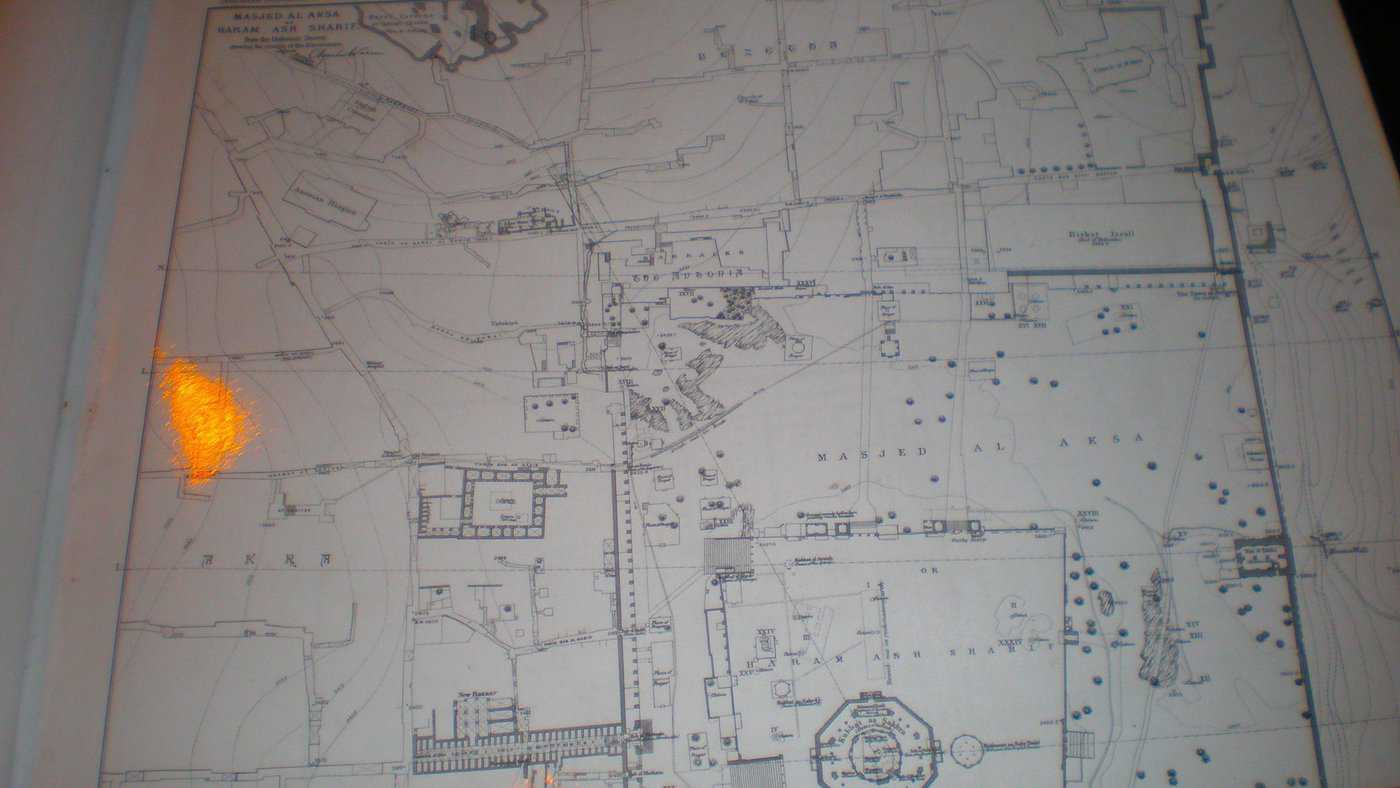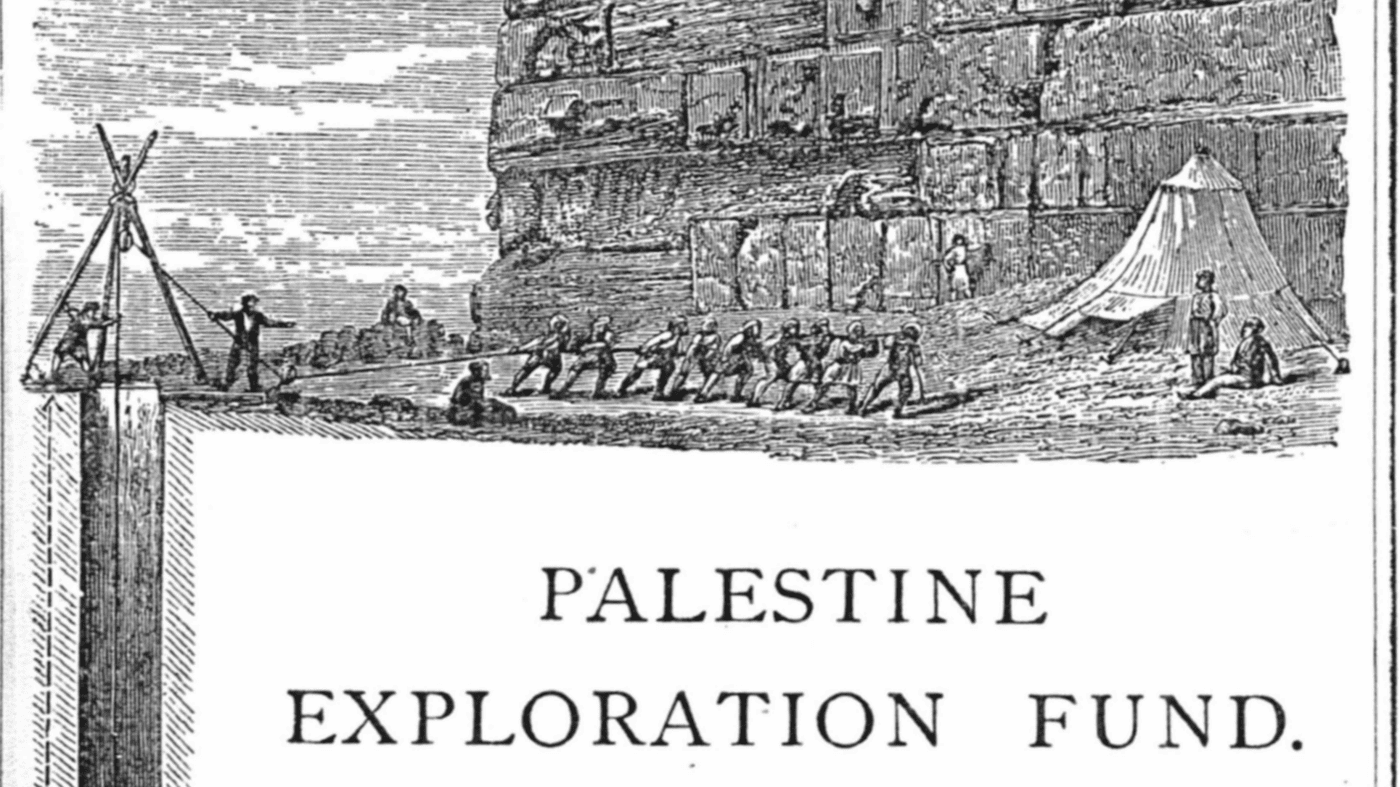The Palestine Exploration Fund (PEF) is an institution that holds a special place in the annals of exploration and archaeology, particularly in the context of Palestine. Established in the 19th century, the PEF was pivotal in advancing our understanding of the region’s historical, archaeological, and geographical aspects. Let’s delve into the rich history and contributions of the Palestine Exploration Fund to exploring Palestine.
PEF Survey of Palestine

Credit: Atbannett at Hebrew Wikipedia, CC BY-SA 3.0, via Wikimedia Commons
The Palestine Exploration Fund – Foundation and Mission:
Initially founded in 1865, the Palestine Exploration Fund was established in London, England, by a group of visionary scholars, archaeologists, and enthusiasts with a shared interest in uncovering the mysteries of the Holy Land. Its primary objective was to conduct systematic research and exploration in Palestine, a region steeped in biblical history and significance.
Mapping and Surveying:
One of the most significant contributions of the PEF was its comprehensive mapping and surveying efforts. The Fund initiated a series of extensive surveys and mapping projects, including the famous “Survey of Western Palestine” (also known as the Palestine Exploration Fund Survey). This ambitious undertaking aimed to provide accurate maps and descriptions of the entire region, covering everything from topography to ancient sites.
The Palestine Exploration Fund – Archaeological Excavations:
The Palestine Exploration Fund sponsored numerous archaeological excavations throughout Palestine. These excavations uncovered many historical artifacts, structures, and insights into the region’s history. Notable discoveries include ancient cities like Jericho and Megiddo and deciphering ancient inscriptions.

Contributions to Biblical Studies:
The research conducted by the PEF greatly enriched biblical scholarship. Scholars and theologians drew upon the Fund’s findings to better understand biblical narratives and trace biblical events’ historical context.

Preservation of Cultural Heritage:
In addition to exploration and research, the PEF played a crucial role in preserving the cultural heritage of Palestine. The Fund recognized the significance of protecting ancient sites and worked to conserve and document them for future generations.
Palestine Exploration Fund – Continuing Legacy:
Today, the PEF continues its research, scholarship, and exploration mission. It maintains a rich collection of maps, photographs, manuscripts, and archaeological findings about the Holy Land. It also sponsors contemporary research projects contributing to our evolving understanding of Palestine’s history and culture.
A Bridge Between Past and Present:
Lastly, the Palestine Exploration Fund serves as a bridge that connects the past with the present. Its dedication to exploration and research has expanded our knowledge of Palestine’s rich history and fostered a greater appreciation for the region’s cultural heritage.
So as we reflect on the PEF’s enduring legacy, we acknowledge its profound impact on our understanding of this historically and culturally significant part of the world. It reminds us that exploration is not just about discovery; it’s a journey that unearths the layers of history and culture that shape our collective human story. Here is a link to their website!







